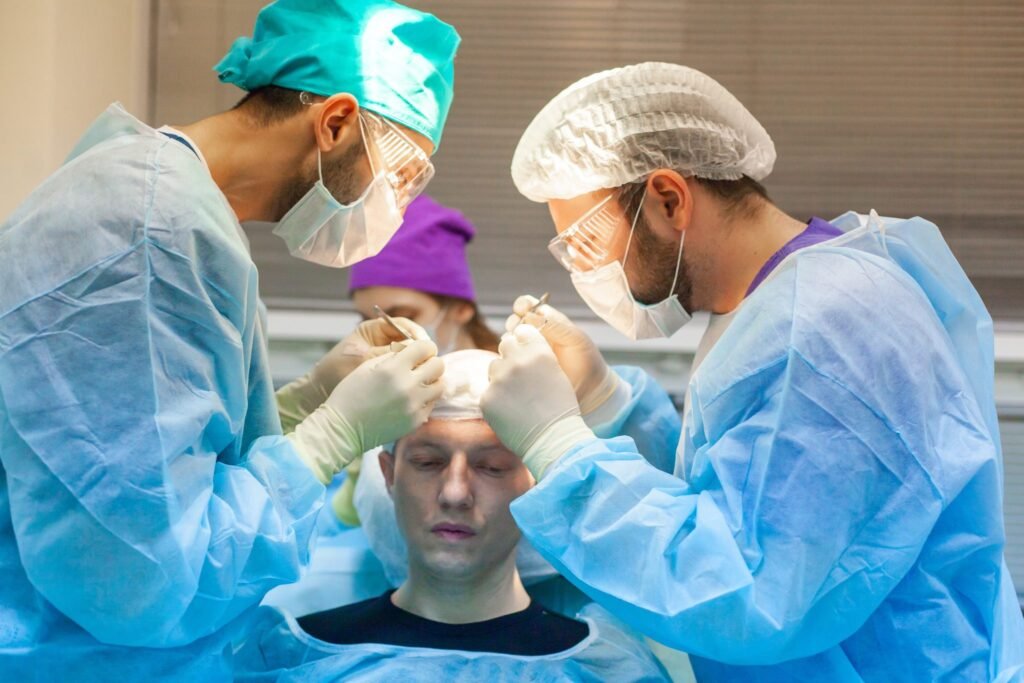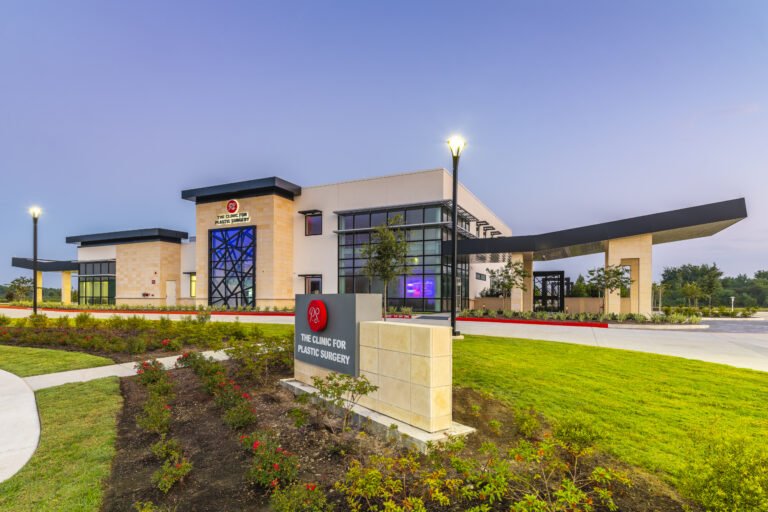PRP (Platelet-Rich Plasma) therapy is a cutting-edge, non-surgical treatment for hair loss, and it’s gaining popularity in Korea for its natural and regenerative approach. But the success of PRP doesn’t just depend on the injections—your diet plays a key role in supporting hair regrowth after treatment.
Korean dermatology and hair restoration clinics emphasize the importance of nutritional support before and after PRP sessions. The right foods can boost follicle activity, improve blood circulation to the scalp, and enhance the effects of PRP for faster, fuller results.
Below is a guide to the best foods to eat after PRP hair treatment, based on recommendations from Korean clinics.
🍳 1. Protein-Rich Foods: Fuel for Hair Follicles
Why it matters: Hair is made of keratin, a type of protein. Without enough protein, the body can’t build new strands.
Korean recommendations:
- Eggs (especially yolks – rich in biotin)
- Tofu and soybeans (common in Korean cuisine)
- Chicken breast or lean beef
- Fish (mackerel, salmon – also high in omega-3s)
- Legumes like lentils and black beans
💡 Korean Tip: Many clinics recommend grilled tofu or soybean stew (된장찌개) as a plant-based protein alternative with added gut health benefits.
🥬 2. Iron-Rich Foods: Boost Scalp Circulation
Why it matters: Iron helps red blood cells carry oxygen to hair follicles. Iron deficiency is a known cause of hair thinning.
Korean recommendations:
- Spinach, kale, and other leafy greens
- Beef liver or red meat (in moderation)
- Clams and oysters
- Seaweed (used often in Korean soups)
- Iron-fortified cereals
💡 Korean Tip: Miyeok-guk (seaweed soup) is traditionally consumed after childbirth in Korea to support recovery and hair regrowth—PRP patients can benefit from its iron and iodine content too.
🥜 3. Biotin and Zinc: Essential for Healthy Hair Structure
Why it matters: Biotin supports keratin production, while zinc helps repair damaged hair and follicles.
Korean recommendations:
- Walnuts, almonds, and peanuts (often found in Korean snacks)
- Pumpkin seeds and sesame seeds (used in Korean cooking)
- Eggs
- Mushrooms
💡 Korean Tip: Black sesame porridge (흑임자죽) is often recommended for hair strength and shine due to its rich zinc and antioxidant content.
🐟 4. Omega-3 Fatty Acids: Reduce Inflammation, Improve Scalp Health
Why it matters: Omega-3s nourish hair follicles, reduce inflammation, and support healthy sebum production.
Korean recommendations:
- Mackerel (고등어), sardines, and salmon
- Perilla oil (들기름) – used as a cooking oil in Korean dishes
- Walnuts and flaxseeds
💡 Korean Tip: Grilled mackerel is a staple in Korean meals and is high in both protein and omega-3s.
🍊 5. Vitamin C: Aids Collagen Production and Iron Absorption
Why it matters: Vitamin C helps the body absorb iron and produces collagen, which strengthens capillaries around the hair shaft.
Korean recommendations:
- Korean strawberries (딸기), oranges, and tangerines
- Bell peppers
- Cabbage kimchi (high in both Vitamin C and probiotics)
💡 Korean Tip: Tangerines (귤) are a popular Korean winter fruit and are often recommended post-treatment for Vitamin C and hydration.
🥕 6. Vitamin A and Beta-Carotene: Promote Sebum Production
Why it matters: Sebum (natural scalp oil) keeps hair follicles healthy and nourished.
Korean recommendations:
- Carrots
- Sweet potatoes
- Pumpkin (hobak 호박)
- Dark leafy greens like bok choy and spinach
💡 Korean Tip: Pumpkin porridge (단호박죽) is gentle on the stomach and often served in Korean clinics for post-treatment recovery.
🧄 7. Anti-Inflammatory & Antioxidant-Rich Foods
Why it matters: Reducing inflammation helps follicles heal and perform optimally after PRP.
Korean recommendations:
- Green tea (rich in catechins)
- Garlic and onions
- Turmeric
- Fermented foods like kimchi, doenjang, and yogurt
💡 Korean Tip: Many clinics recommend green tea extract or barley tea (보리차) post-treatment for hydration and detoxification.
🚰 8. Hydration and Mineral Intake
Why it matters: Hydration ensures nutrients are efficiently delivered to follicles and supports the healing process.
Korean recommendations:
- Water (at least 2L per day)
- Cucumber and watermelon
- Herbal teas (ginseng, jujube, or barley-based)
❌ Foods to Avoid After PRP (According to Korean Clinics)
Korean doctors often advise avoiding:
- Excessive sugar (can increase inflammation)
- Highly processed or fried foods
- Excess caffeine and alcohol (can affect circulation and hydration)
- Smoking (significantly reduces hair recovery and growth)
🥢 Sample Korean Meal Plan to Support Hair Regrowth
| Meal | Example Foods |
|---|---|
| Breakfast | Boiled egg, seaweed soup, black sesame porridge |
| Lunch | Grilled mackerel, steamed spinach, multigrain rice |
| Snack | Handful of walnuts + green tea |
| Dinner | Soybean stew (된장찌개), pumpkin porridge, kimchi |
👨⚕️ What Korean Doctors Say
Korean hair specialists stress that nutrition after PRP treatment plays a critical role in enhancing and maintaining results. While the injections stimulate hair growth biologically, your daily food choices help sustain follicle health and prolong the hair growth cycle.
Final Thoughts
Eating the right foods after PRP treatment can significantly improve your outcome. Korean clinics recommend a balanced, nutrient-dense diet rich in protein, iron, biotin, and omega-3s, along with plenty of hydration. By combining clinical care with smart nutrition, you can maximize the benefits of your hair restoration journey in Korea.



